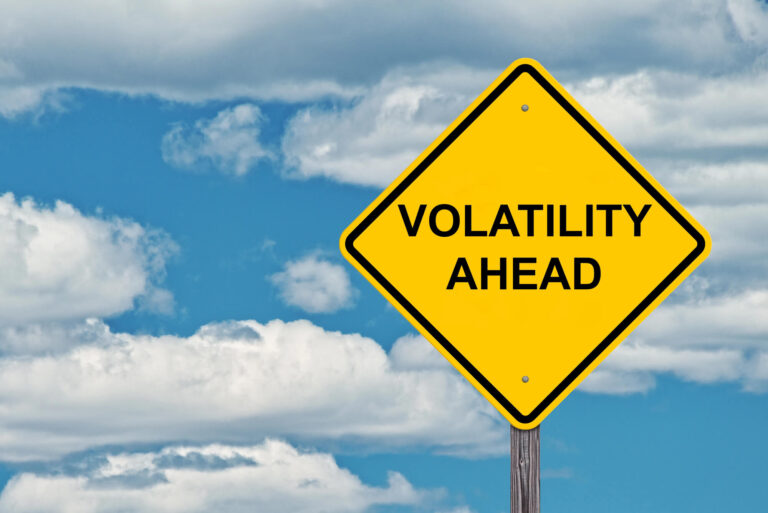Volatility is one of the core concepts in the financial world – and it is especially pronounced in the crypto market. It describes how much the price of an asset fluctuates over a given period. The higher the volatility, the greater the swings up and down.
At its core, volatility measures market uncertainty. When prices are stable, volatility is low; when sudden price movements occur, it rises sharply. These fluctuations are driven by supply and demand, market sentiment, geopolitical events, or macroeconomic factors. In the crypto market in particular, news or regulatory changes often trigger abrupt price swings – one reason why Bitcoin and other cryptocurrencies are considered highly volatile. For investors and traders, volatility is therefore a crucial indicator for understanding the risk and dynamics of a market.
What volatility indicates
There are two main types of volatility: historical and implied.
- Historical volatility shows how much an asset’s price has fluctuated in the past. It is based on actual market data and helps evaluate previous trends.
- Implied volatility, on the other hand, looks to the future. It is derived from option prices and reflects market participants’ expectations. High implied volatility suggests uncertainty or nervousness, while low implied volatility indicates confidence and stability.
Volatility in the crypto market
Few markets are as volatile as crypto. While stock indices tend to move within moderate ranges, double-digit percentage swings are not uncommon for cryptocurrencies. The reasons include lower market capitalization, high speculation, and a still-developing market structure. Events such as an exchange collapse or new regulations can cause massive price movements – both upward and downward. For traders, this volatility presents opportunities for high profits, while long-term investors must cope with greater risks. Many therefore use hedging instruments such as derivatives to manage price fluctuations.
Volatility is typically calculated statistically as the standard deviation of price movements. In practice, specific indices serve as barometers of market uncertainty – such as the VIX for equities or the Crypto Volatility Index (CVI) for cryptocurrencies. These metrics help capture market sentiment and adjust trading strategies accordingly.
Volatility is not a sign of chaos but rather an expression of an active, dynamic market. It reflects how strongly investor expectations and emotions influence prices. Those who understand volatility can manage risks more effectively and seize opportunities more strategically. Especially in the crypto sector, mastering volatility remains essential for achieving long-term success.









